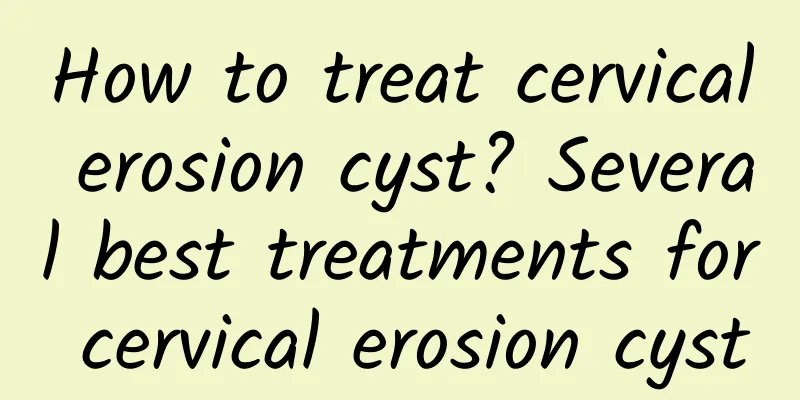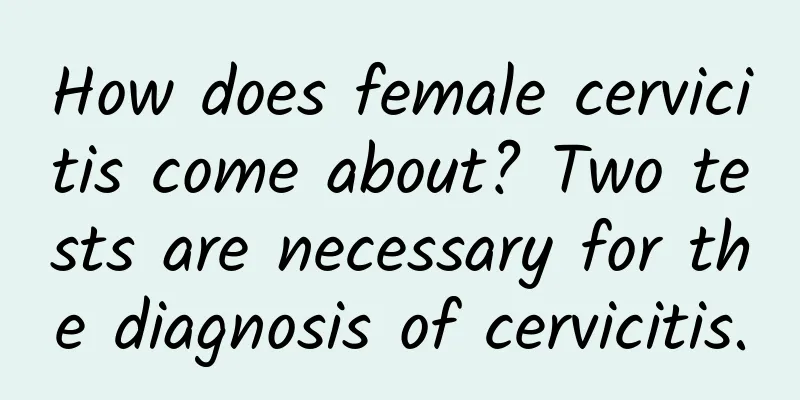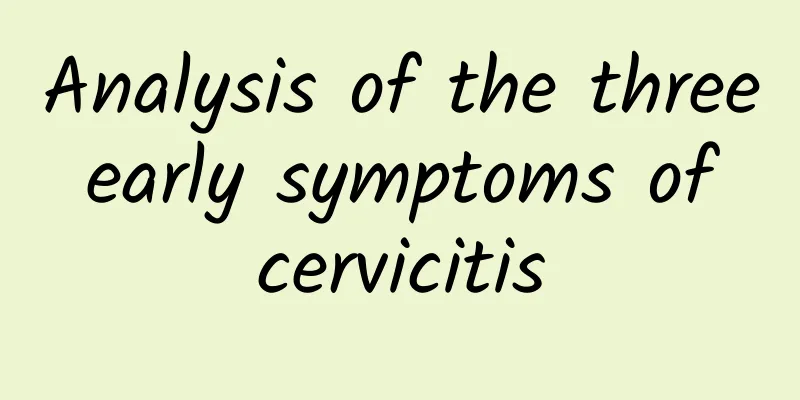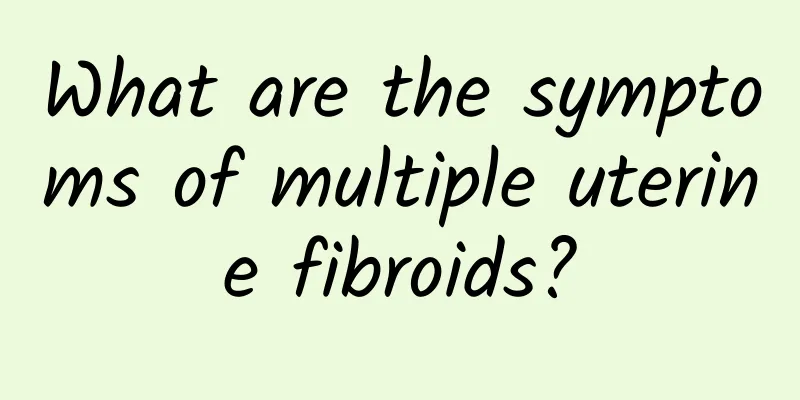How to treat cervical erosion cyst? Several best treatments for cervical erosion cyst

|
When women grow up, they will go through a series of major events such as marriage and childbirth. Many gynecological diseases begin to harm our bodies. Common gynecological diseases include trichomoniasis, candidal vaginitis, endometritis, cervical erosion, and many more. Gynecological diseases bother our female friends and have a great negative impact on childbirth. Therefore, we need to master more knowledge about gynecological diseases. Today we will talk about cervical erosion. Cervical erosion is mostly caused by cervical inflammation due to childbirth, abortion, surgical injury or poor hygiene. The erosion surface appears red and is divided into grades I, II and III, i.e. mild, moderate and severe erosion, according to the size of the erosion surface occupying the cervical area (&1>2/3). Before talking about the treatment of cervical erosion, we must first emphasize the importance of cervical cytology. Women who have sex need to undergo cervical cytology every year, which can be done by cervical scraping or TCT (liquid-based thin layer cytology test). This is a cancer prevention screening. Even if the cervix looks normal and there is no erosion, it needs to be performed regularly. The detection effect of TCT is better than that of cervical scraping because it can brush the cells of the cervical canal, and the missed diagnosis rate is significantly reduced. Not all cervical erosions require treatment. If there are no clinical symptoms such as increased leucorrhea and the TCT examination is normal, cervical erosion generally does not require treatment. This is because in some physiological conditions, such as during adolescence, pregnancy, or women taking oral contraceptives, the increase in estrogen levels causes the columnar epithelium of the cervical canal to proliferate and migrate outward, resulting in an erosive appearance. This is physiological cervical erosion and does not require treatment. If the clinical symptoms of cervical erosion are obvious and the doctor confirms that treatment is needed, and TCT examination has been performed to exclude cervical cancer, physical therapy is recommended, such as focused ultrasound, laser, and cryotherapy. Among them, focused ultrasound therapy is the least invasive. The treatment time is 3-7 days after the end of menstruation. The healing time of the wound surface is 3-4 weeks, and the deeper lesions require 6-8 weeks. During this period, there will be bloody or watery vaginal discharge. Attention should be paid to vulvar hygiene, infection prevention, and sexual intercourse is prohibited. Cervical erosion can be cured through current surgical treatment. Therefore, don't panic even if you get sick. We should go to a regular hospital for treatment, and cooperate with the doctor to take precautions to prevent cross infection. Pay attention to personal hygiene, often dry quilts, change clothes frequently, and disinfect the underwear you have worn. Let a healthy smile remain on the face of every woman. |
Recommend
What kind of harm will adnexitis cause to women?
What are the harms of adnexitis? I believe most p...
What should I pay attention to in my diet for pelvic effusion?
What should you pay attention to in your diet whe...
Women should know how to treat adnexitis
After suffering from adnexitis, if the patient is...
I have an ectopic pregnancy. What is going on?
Many female friends are very surprised when they ...
How to treat Bartholinitis with medication
The Bartholin's glands are located at the bac...
What are the dangers of uterine fibroids?
As the incidence of uterine fibroids increases, e...
What is vulvar itching?
Vulvar itching is a disease that makes women extr...
What disease causes vulvar itching? What are the symptoms of vulvar leukoplakia?
Vulvar leukoplakia is a very common gynecological...
What's wrong with a small amount of coffee-colored blood?
What's wrong with a small amount of light bro...
Want to be slim and light 10 easy steps
Many people want to lose weight quickly, but they...
What are the dangers of endometrial tuberculosis in women?
Endometrial tuberculosis is very harmful to women...
What's wrong with having two periods in one month?
What's wrong with having two periods in one m...
Lose weight easily in the Year of the Monkey! 5 kinds of weight loss fruits to eat in rotation
To welcome the New Year joyfully, delicious food ...
The cost of abortion surgery is related to the method of abortion chosen
If a woman accidentally gets pregnant, abortion i...
What to do if your period is delayed?
What should you do if your period is delayed? For...









